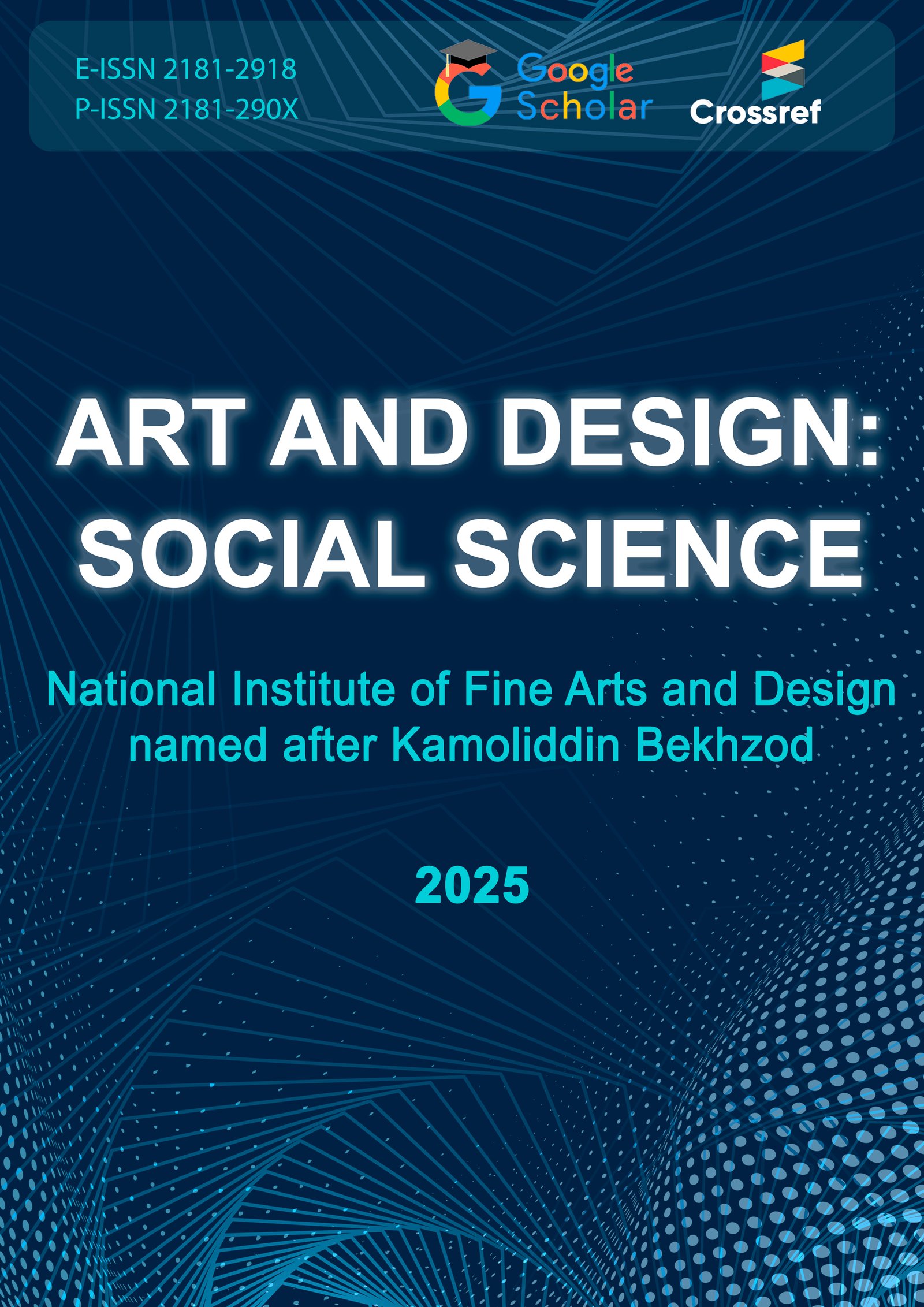INNOVATIVE METHODOLOGY OF TEACHING ENGLISH TO ART STUDENTS: VISUAL AND CREATIVE APPROACHES
Abstract
This article explores innovative methods for teaching English to art students. It emphasizes the importance of integrating visual and creative approaches into language learning. The paper discusses theoretical foundations, practical classroom techniques, and the role of modern technologies. Findings indicate that art-based English teaching improves students’ motivation, enhances creativity, and fosters professional skills needed in a globalized world.
Keywords
English language, art students, methodology, visual approach, creative learning, communicative teaching, innovative education, interactive methods.How to Cite
References
Richards, J. C., & Rodgers, T. S. (2014). Approaches and Methods in Language Teaching. Cambridge University Press.
Harmer, J. (2007). The Practice of English Language Teaching. Pearson Longman.
Brown, H. D. (2001). Teaching by Principles: An Interactive Approach to Language Pedagogy. Addison Wesley Longman.
Krashen, S. D. (1982). Principles and Practice in Second Language Acquisition. Pergamon Press.
Gardner, H. (2011). Frames of Mind: The Theory of Multiple Intelligences. Basic Books.
Vygotsky, L. S. (1978). Mind in Society: The Development of Higher Psychological Processes. Harvard University Press.
Decree of the President of the Republic of Uzbekistan PQ–4884 “On further improving the system of teaching foreign languages,” 2020.
Gulnora Azizova (2024) A comparative analysis of language teaching methods for enhancing art students' speaking skills https://doi.org/10.5281/zenodo.13836688.
Saboxat Xorunova 2024 effective implementation of the clil method in teaching english to fine and applied arts students: opportunities, challenges, and solutions https://doi.org/10.37547/ssa-V5-04-05.
Samatova Shoxanam Methodological ways of teaching english phrases for art students https://scientific-jl.com/obr/article/view/4937.





 Art and Design: Social Science
Art and Design: Social Science